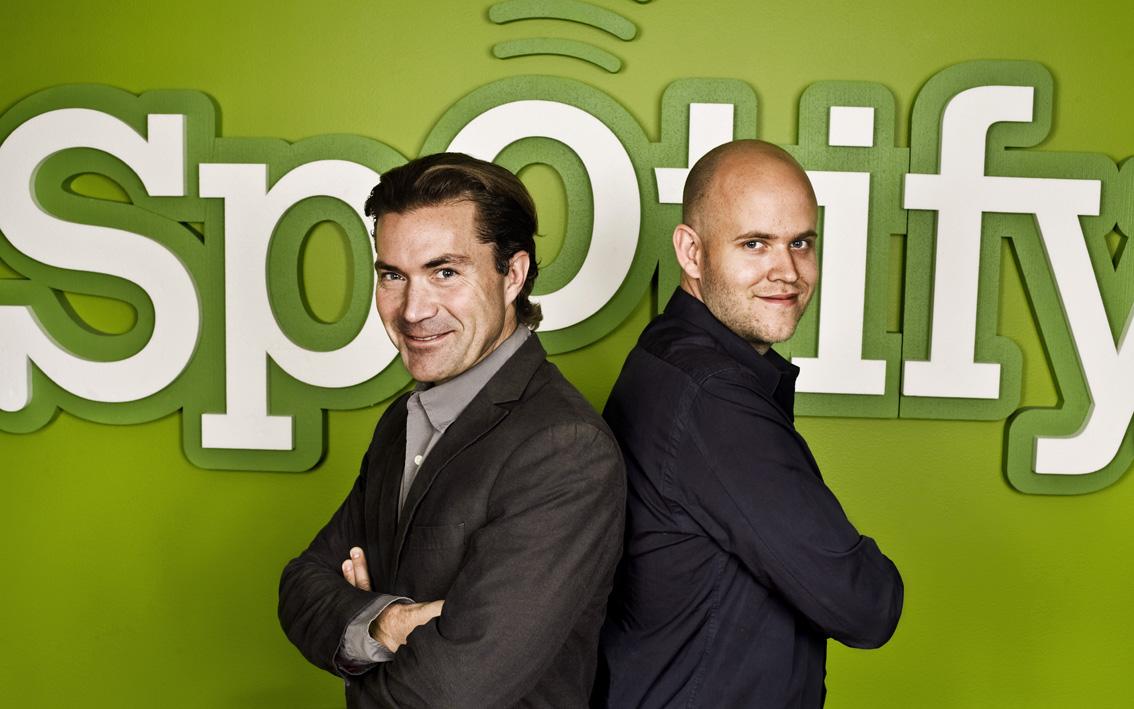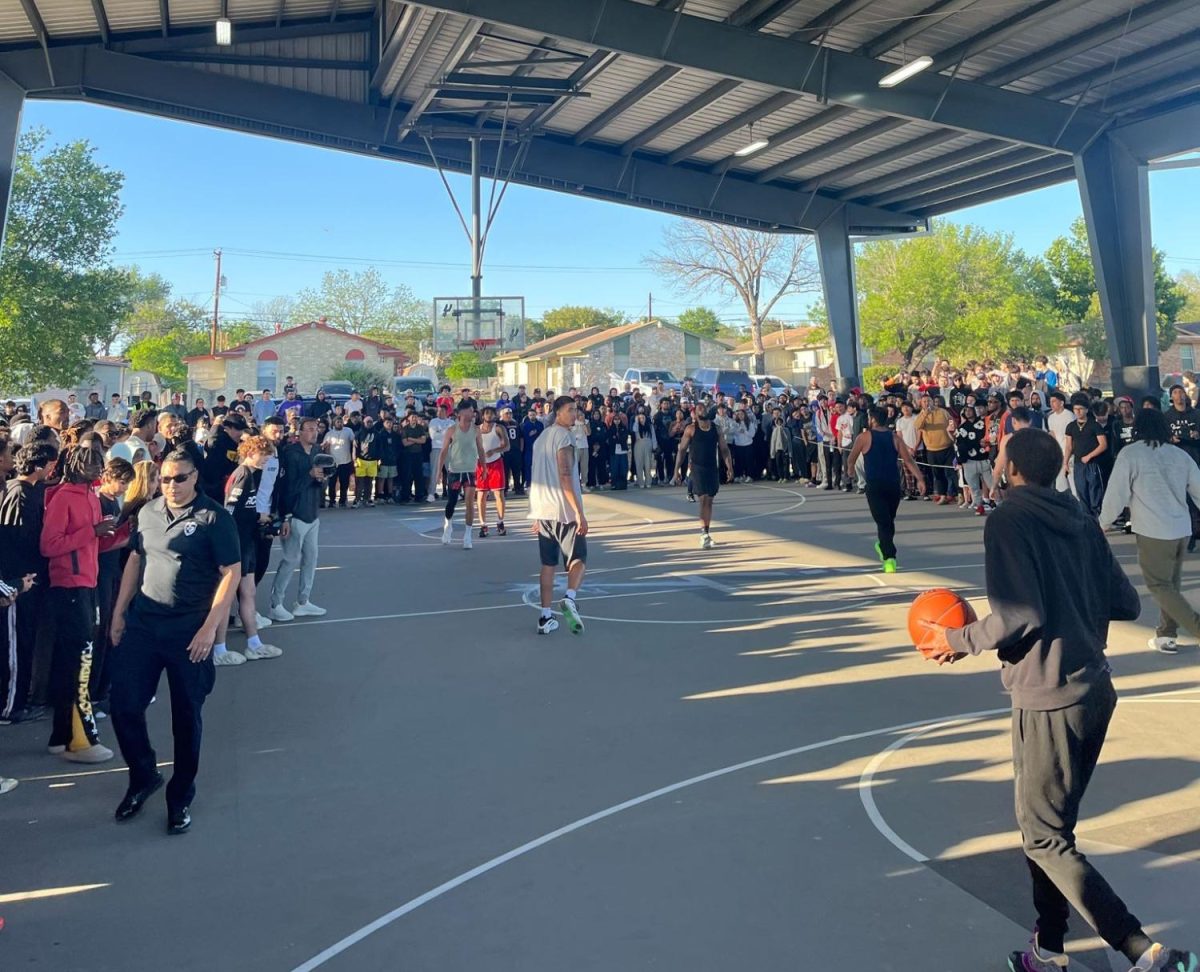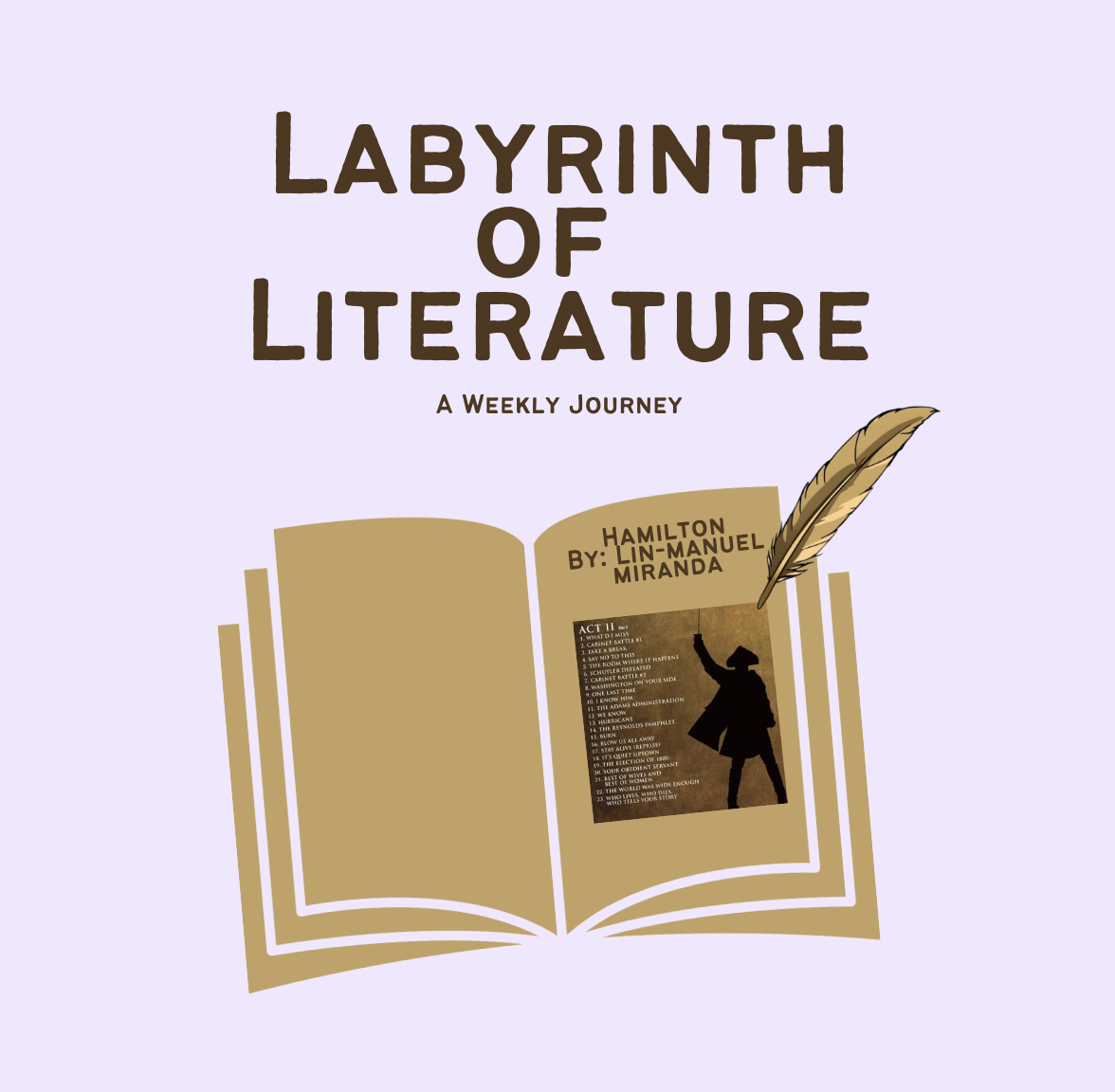
Though it’s newest music service to hit the U.S., Spotify has been available throughout Western Europe since its launch in 2006. Issues with the major record labels kept it out of America until this July, after years of negotiations.
Currently only free by invite, Spotify also offers two tiers of paid subscriptions that allow users to use the service on their mobile phones, listen to playlists offline, and stream unlimited amounts of music, all without advertisement. Spotify’s biggest draw is that, unlike most streaming websites like Pandora and Last.FM, Spotify lets users choose what music they want to listen to.
Spotify boasts a fifteen million song catalogue and a friendly, simple user interface, as well as the option to sync with your Facebook account to allow your friends to listen along with you. The music quality is very high for streamed music, and the download speed is fast and smooth. However, something Spotify doesn’t mention on their site is the gap between songs. This isn’t a problem for most listeners, but classical and jazz listeners have complained that it breaks up movements, especially when they hit an advertisement. Also, the search leaves much to be desired. It may have fifteen million songs, but it doesn’t seem like Spotify wants you to access all of them.
Other concerns have been raised by small label and independent artist about how much the service pays out. Currently, artists such as English Indie-Folk band Uniform Motion blogged that they only make a miniscule amount of revenue; .003 Euros, or $.004, per stream, and other artists and labels have withdrawn from Spotify due to low revenues. What’s exceptional about this is that Spotify doesn’t reveal how much of its revenue it splits with the artists, only how much they’ll make. For comparison, iTunes splits 30-70 with Uniform Motion, according to their figures.
Spotify is an interesting new service, not without flaws. However, the trouble with the small labels might just turn it into mainstream radio if its leaders don’t change things.

















